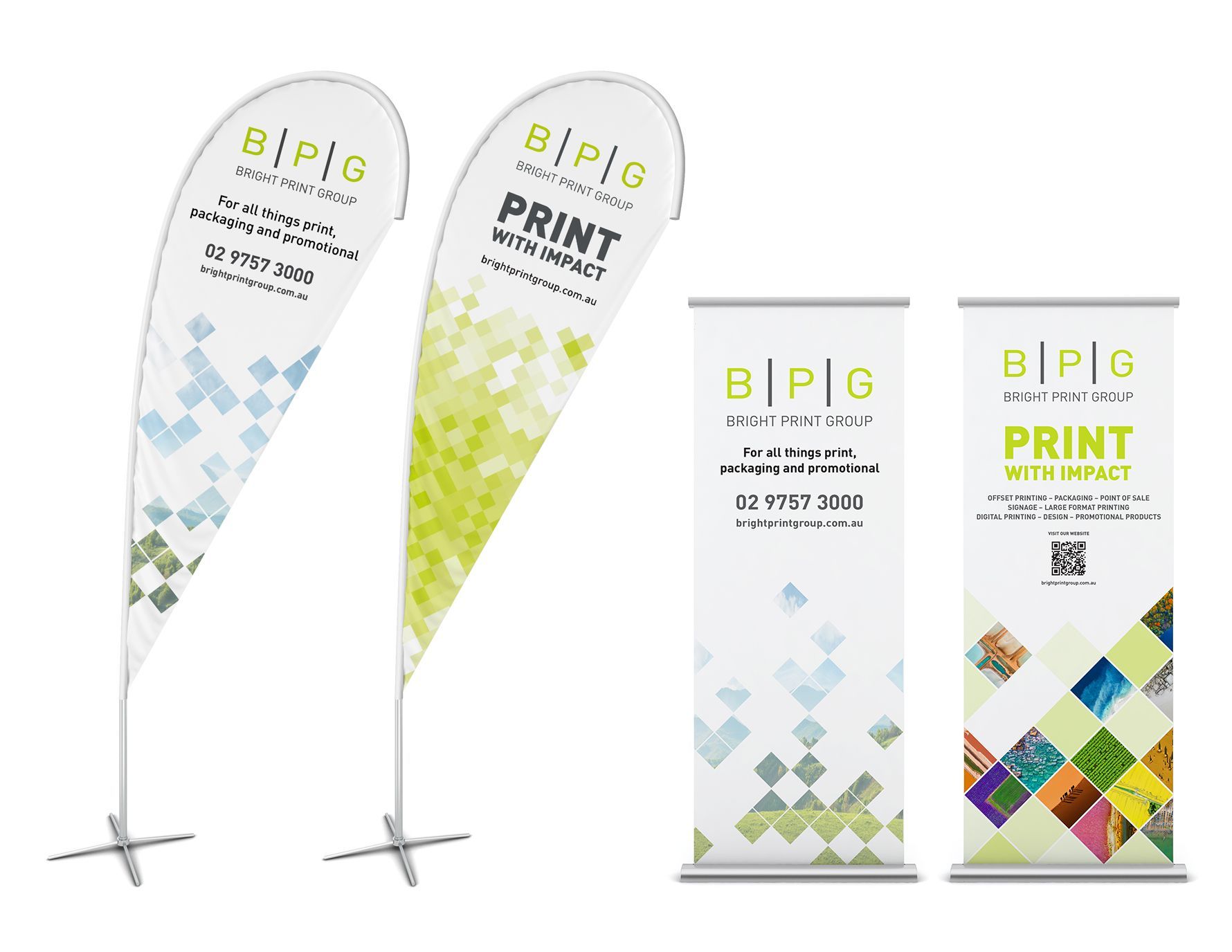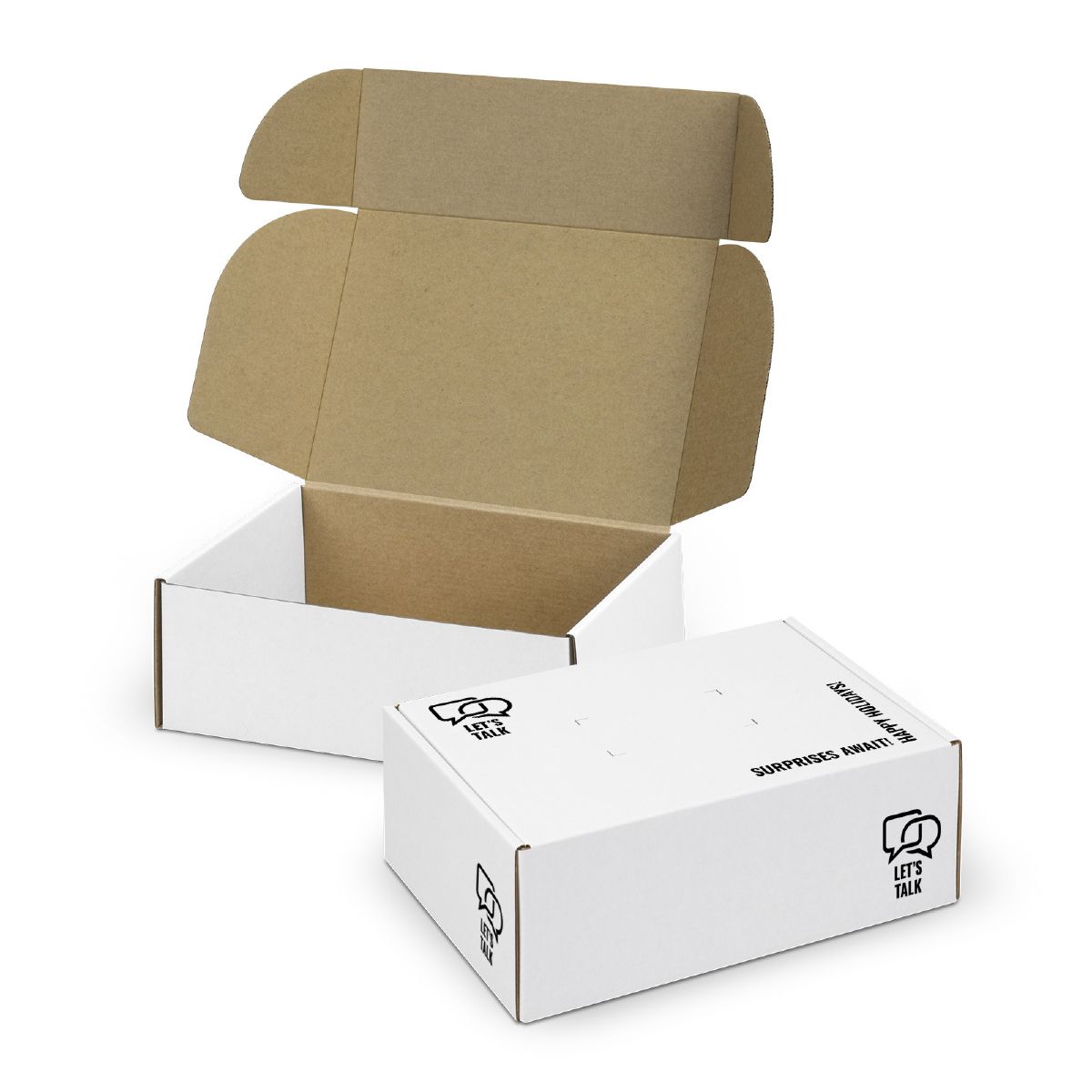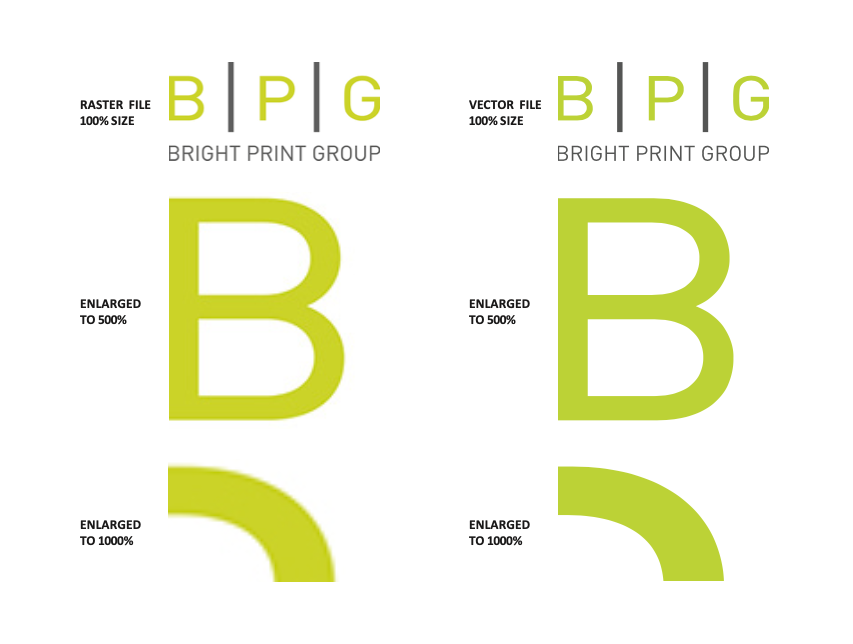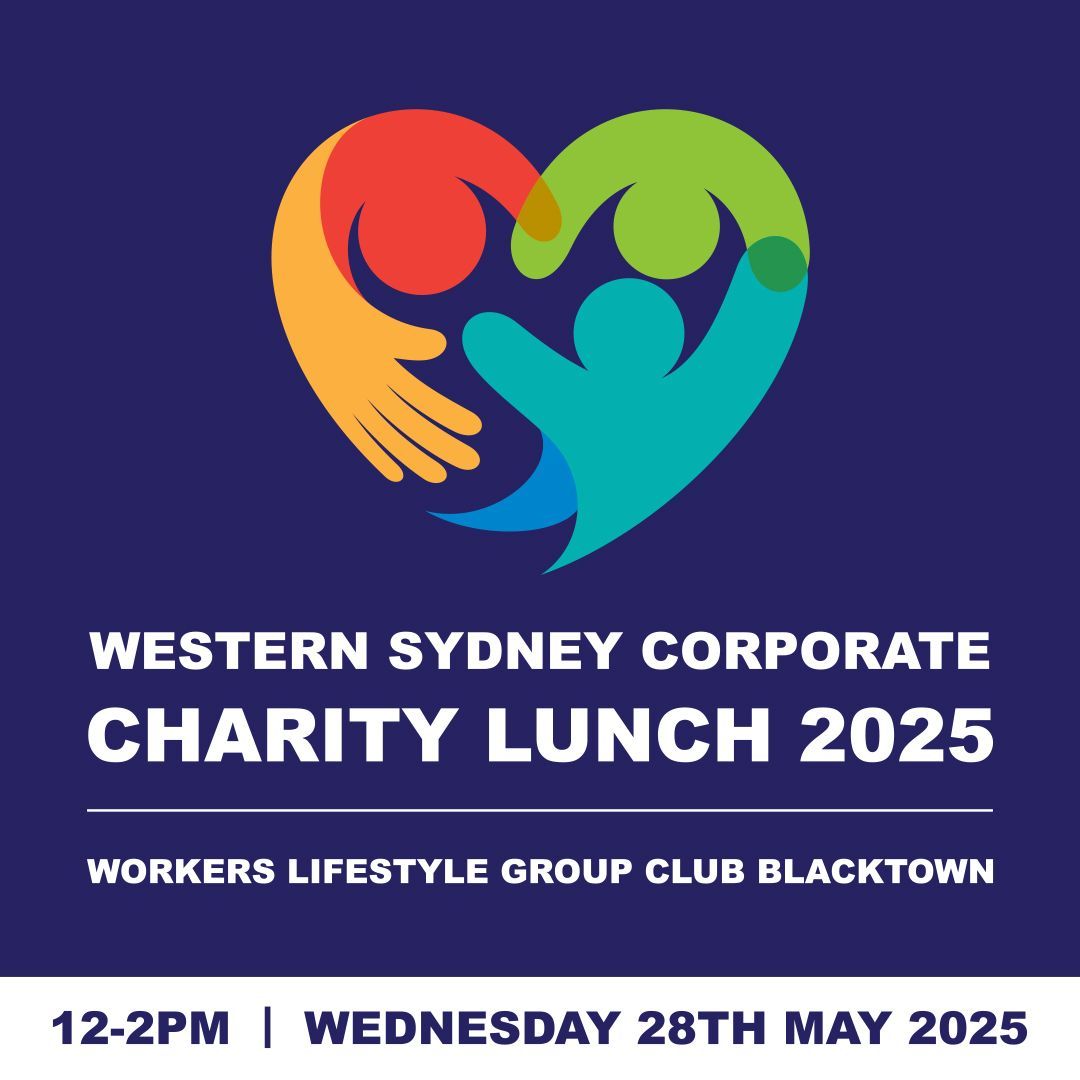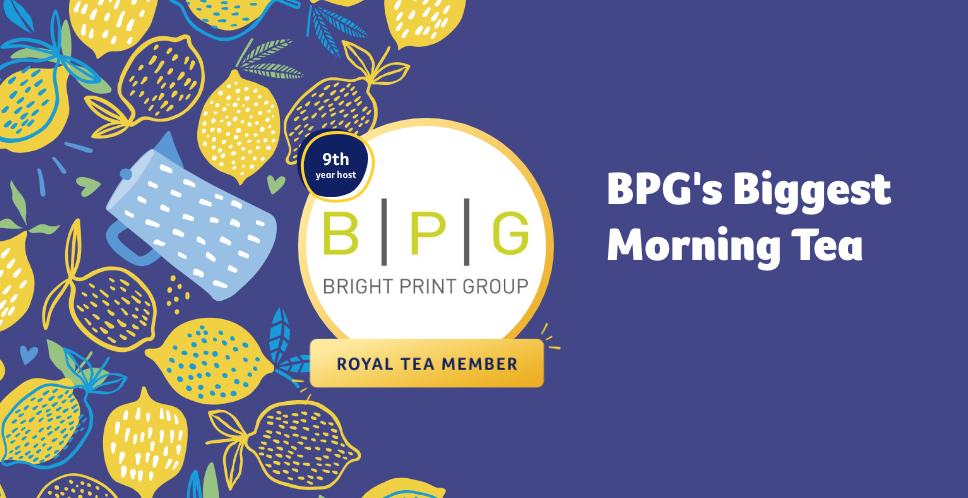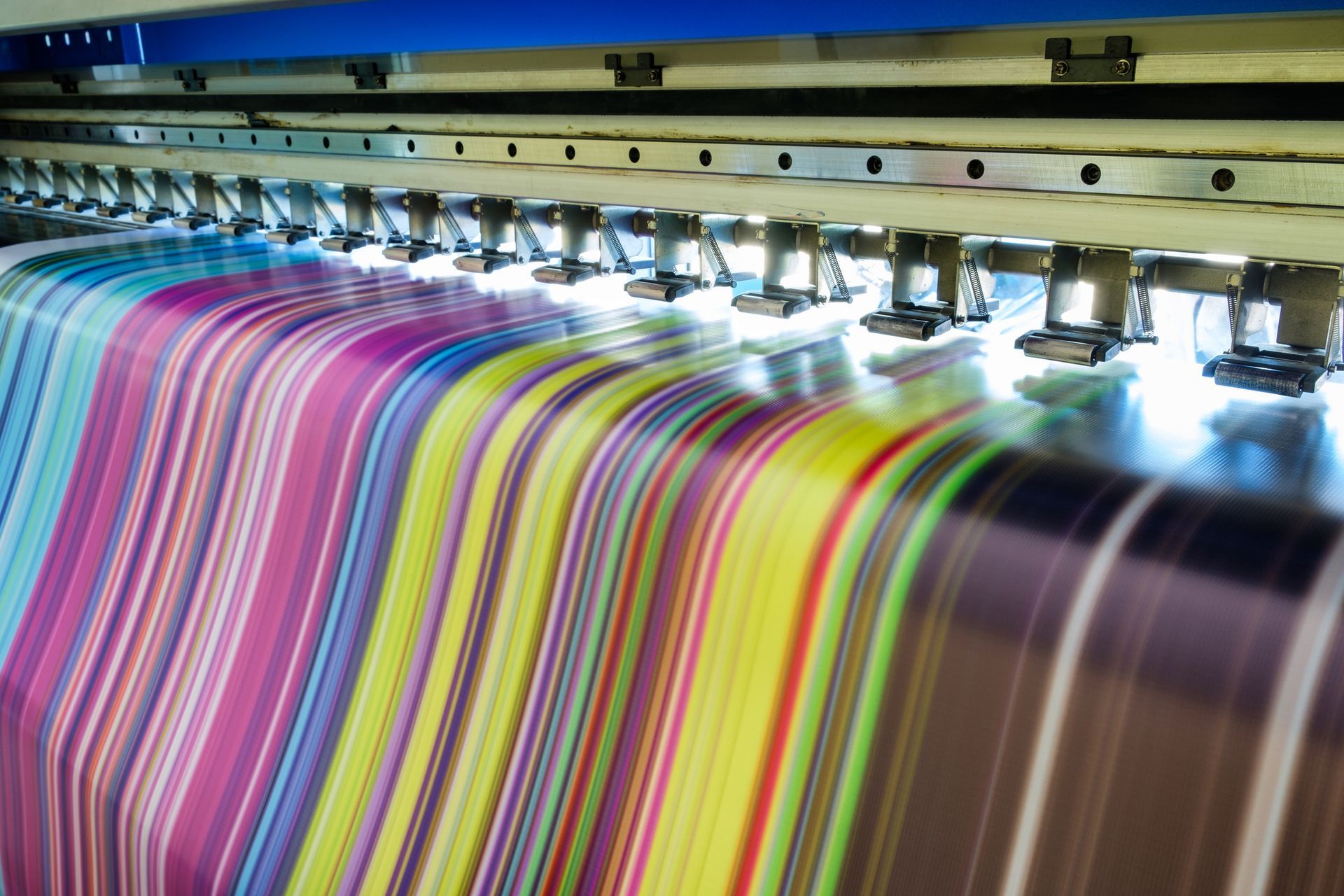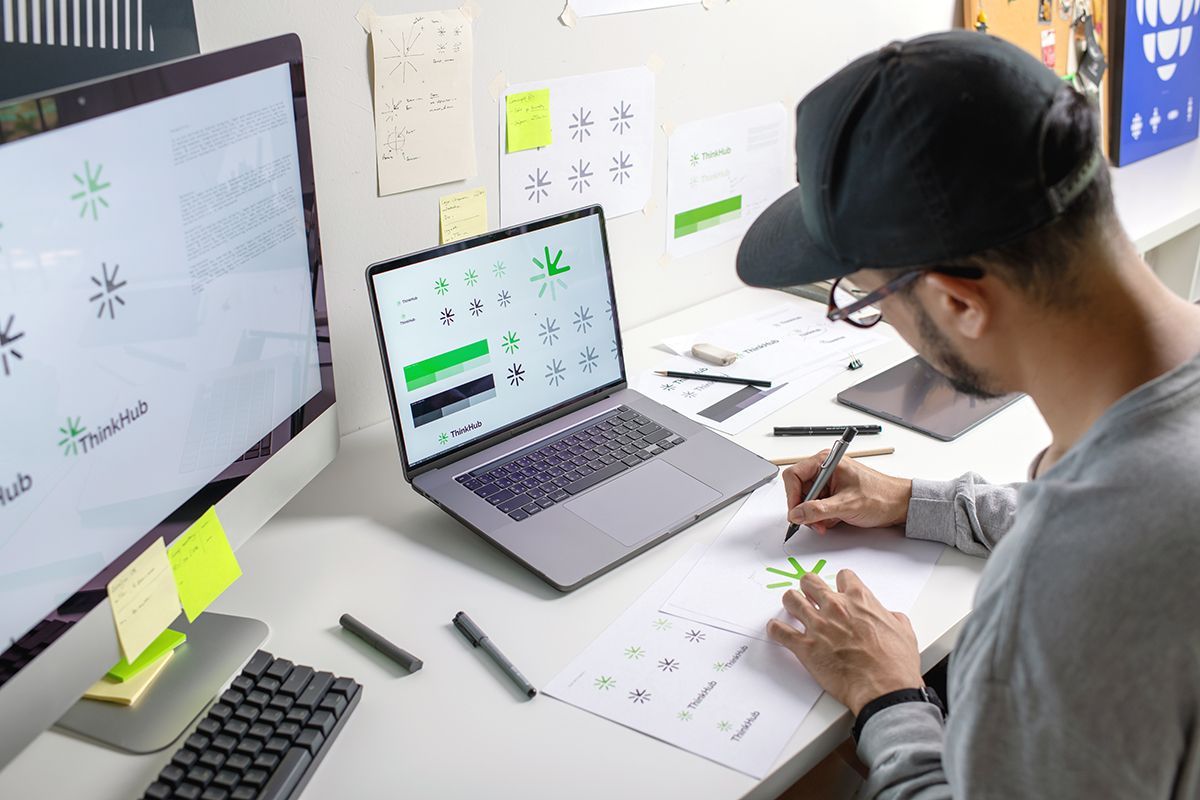Printing Warehouse Labels & Signs
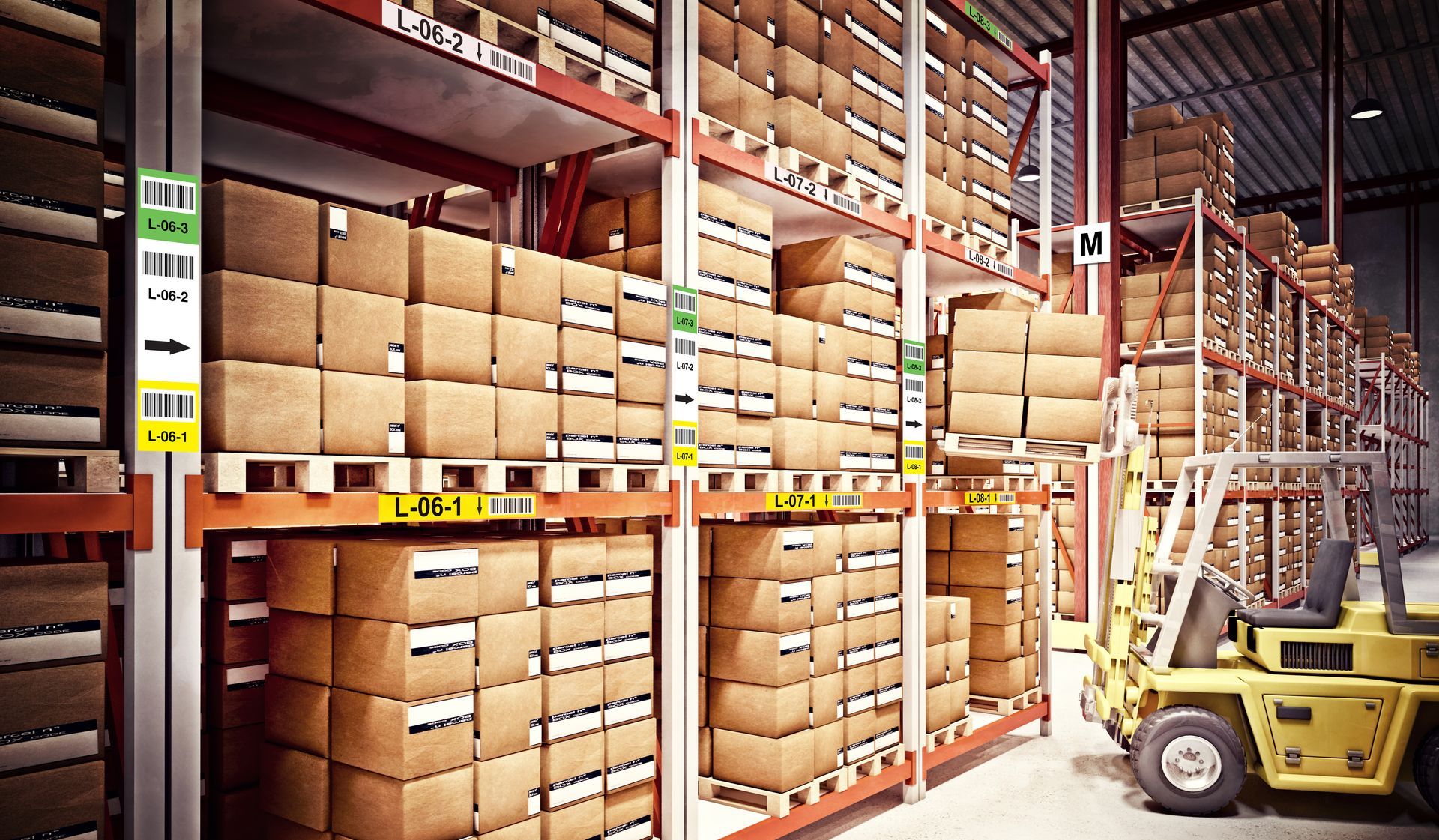
A well-planned labelling and signage system for your storage environment is essential in ensuring accuracy and efficiency, helping you streamline operations within your warehouse. Investing in the right labels and signs simplifies your management of inventory and reduces errors, making the space a productive and safe workplace. Different warehouses have different needs, therefore the types of labelling and signage materials required would vary.
The most common labels and signs found in warehouses include: rack labels, floor labels, container/bin labels, pallet labels, aisle signage, safety/warning signage, forklift speed limit signs and general factory signs. The materials required to print each type of label or sign is dependant on many factors.
In this article we will analyse the common materials available for printing warehouse labels and signs as well as the factors that will affect your material choices. At Bright Print Group, we can print on almost any material.
Some common types of materials suitable for warehouse labels and signs include:
Self Adhesive Vinyl
- Application methods: adhesive labels can be applied to most flat surfaces
- Standout features: tear resistant, heat and cold resistant, long-lasting, allows for high-quality sharp imaging, choice of adhesive strength (high-tack permanent or low-tack removable)
Magnetic
- Application methods: adheres securely to metal surfaces
- Standout features: ease of reconfiguration, removable, durable, reusability, dust resistant, water-proof
Corflute
- Application methods: cable-tied to rack, screwed in place, hang from ceiling with hooks
- Standout features: water-proof, UV resistant, hard-wearing, light weight
Metal or Aluminium Composite Material
- Application methods: positioned in place with screws or rivets
- Standout features: strong, long-lasting, heat and cold resistant, water-proof, aesthetically stylish
Paper (adhesive and non-adhesive)
- Application methods: insertion into sleeves/pockets or adhered to most flat surfaces
- Standout features: cost-effective, quick to produce big quantities, suitable for short-term or one-off use
TIP!
To reinforce the chosen material, there is a choice to add a laminate finish to labels or signs to strengthen and further increase durability.
Choosing the most suitable materials for your labelling requires consideration of a variety of aspects. Below are some common factors to give thought to.
Environmental Factors
- Exposure to light sources: strong lighting requiring UV resistant materials, low lighting requiring retro reflective materials, reflections requiring matt materials or matt lamination
- Exposure to moisture: water resistant or water proof materials
- Exposure to temperature: materials that can withstand harsh heat or extreme cold
Handling Factors
- Frequency of rack configuration changes: constant repositioning/replacement requiring removable materials, permanent labelling requires long lasting materials
- Frequency of surface contact: constant surface contact (touch, walk over, drive over) require materials that are wear and tear resistant
- Long-term durability vs short-term or one-off use
TIP!
Select a material that will last the duration it is required and will remain legible in the conditions it will be placed in.
Ensure the application method used is suitable for the surfaces and handling required.
Each material type has unique characteristics and serves different purposes. There are materials available at Bright Print Group for all the diverse needs of a modern warehouse. Contact us today and we'll find the best solution to help you print the most suitable labelling and signage system for your storage space.
